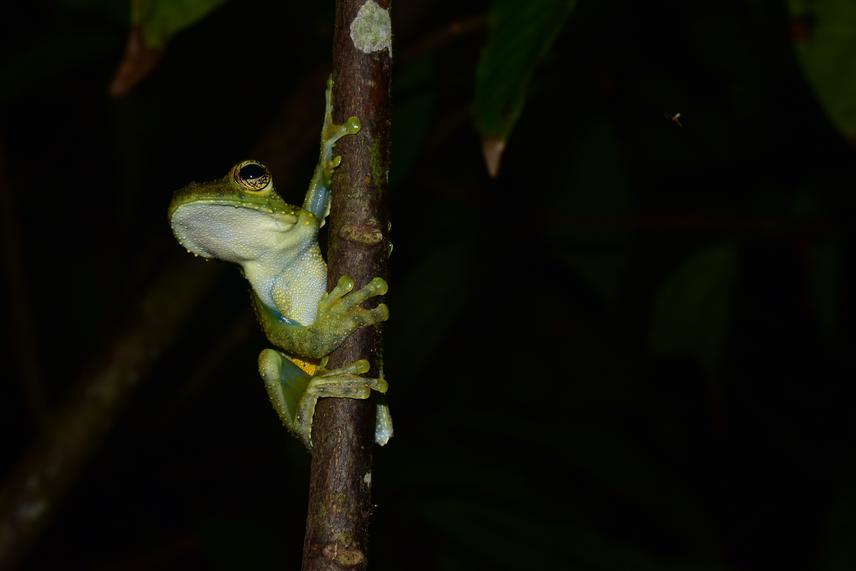Martín de Jesús Cervantes López
Other projects
21 Mar 2018
Conservation of Amphibians and Reptiles in a Tropical Biodiversity Hotspot: The Importance of Landscape Patterns
The land use changes resulting to agricultural activities have been causing the global deforestation of tropical forests. Thus, in highly deforested landscapes, the conservation of amphibians and reptiles will not only depend on the remaining forest fragments, but also on ecologically appropriate matrices. Among the agricultural matrices of higher ecological value are the agroforestry systems of cocoa which provide a variety of ideal environmental conditions for the survival and reproduction of native species, including amphibian and reptile communities. Although cocoa agroforestry systems can be used as permanent or temporary habitat of many organisms, our understanding of the potential of these matrices to host amphibian and reptile diversity is far from complete. This occurs main because factors in the local and landscape scales can influence the ability of these systems to maintain species diversity.

Itapotihyla langsdorffii.
In the Brazilian territory, the southeastern portion of the state of Bahia is a region that presents heterogeneous landscapes composed of agricultural areas, especially composed by cocoa agroforests and forest remnants. In fact, this region is still home to large fragments of Atlantic Forest, which are considered a biodiversity 'hotpoint', due to the high diversity and endemism of different taxonomic groups, including reptiles and amphibians. However, given the imminent increase in deforestation in the Atlantic Forest, it is essential to understand how cocoa agroforestry systems can contribute to the conservation and permanence of herpetofauna in human-modified landscapes.
In this context, the main objective of the project is to determine the importance of cocoa agroforestry systems for the maintenance of reptile and amphibian communities in anthropogenic landscapes. In particular, we intend to evaluate the effects that local and landscape factors can exert on alpha and beta diversity, as well as the effect of these factors on the functional and phylogenetic diversity of reptile and amphibian communities. Finally, the project aims to evaluate whether taxonomic diversity can be a good indicator of functional and phylogenetic diversity, besides to understand whether the regional context can interfere in the relationship between these dimensions of diversity. The results of this project will allow understanding how landscape structure and local vegetation complexity influence the capacity of cocoa agroforests to mitigate the negative effects that land use change and forest degradation generate on reptile and amphibian communities in anthropogenic landscapes.
Header: Boana atlantica.